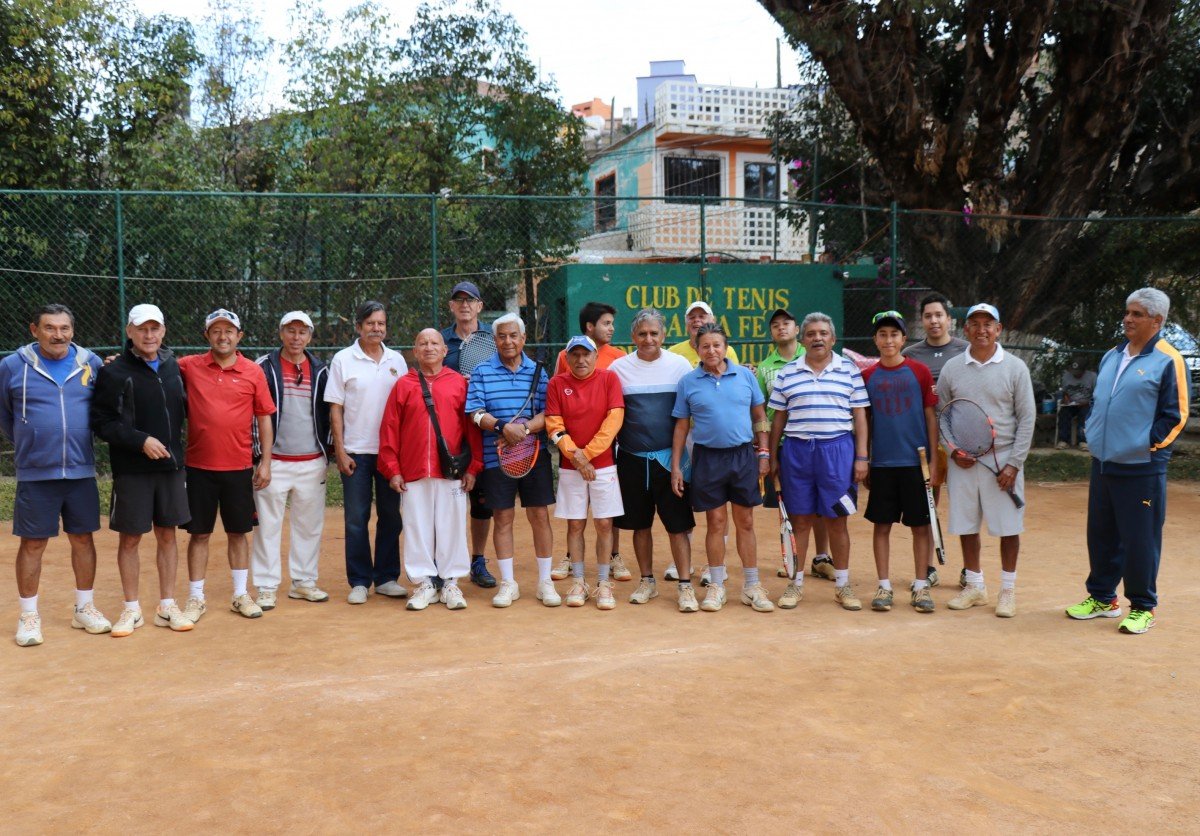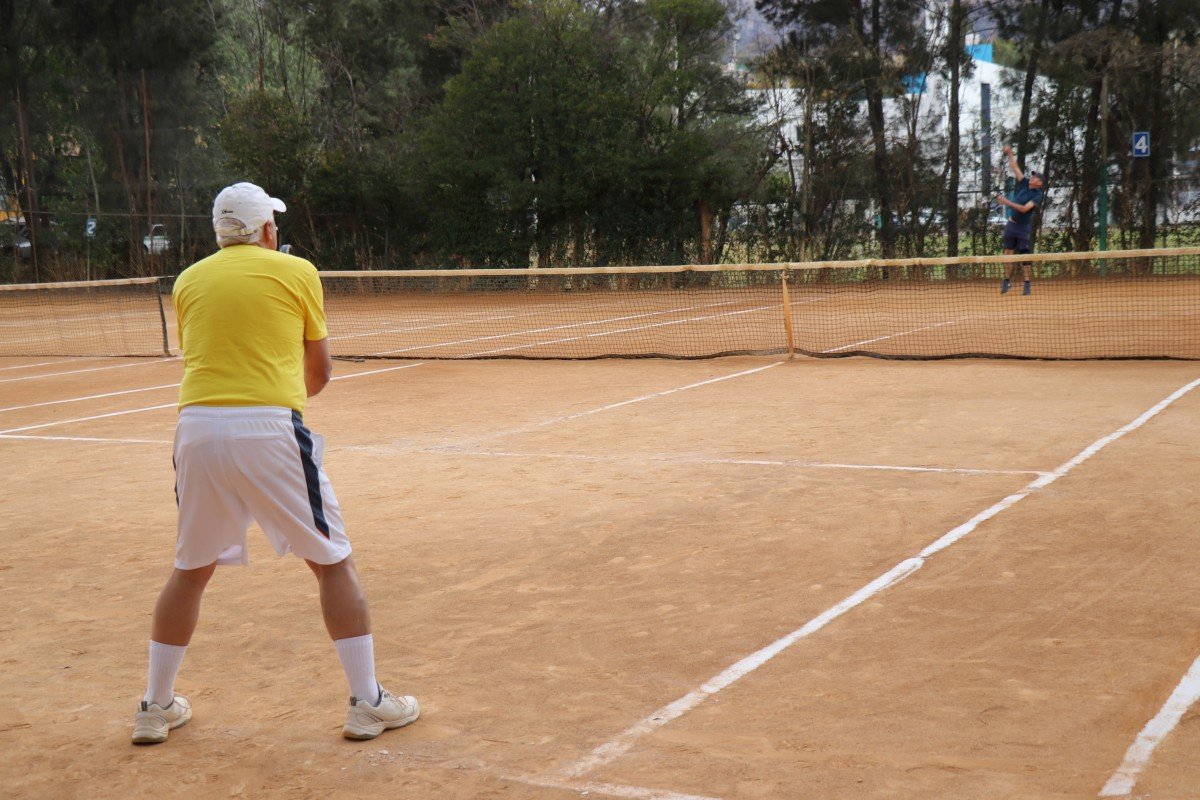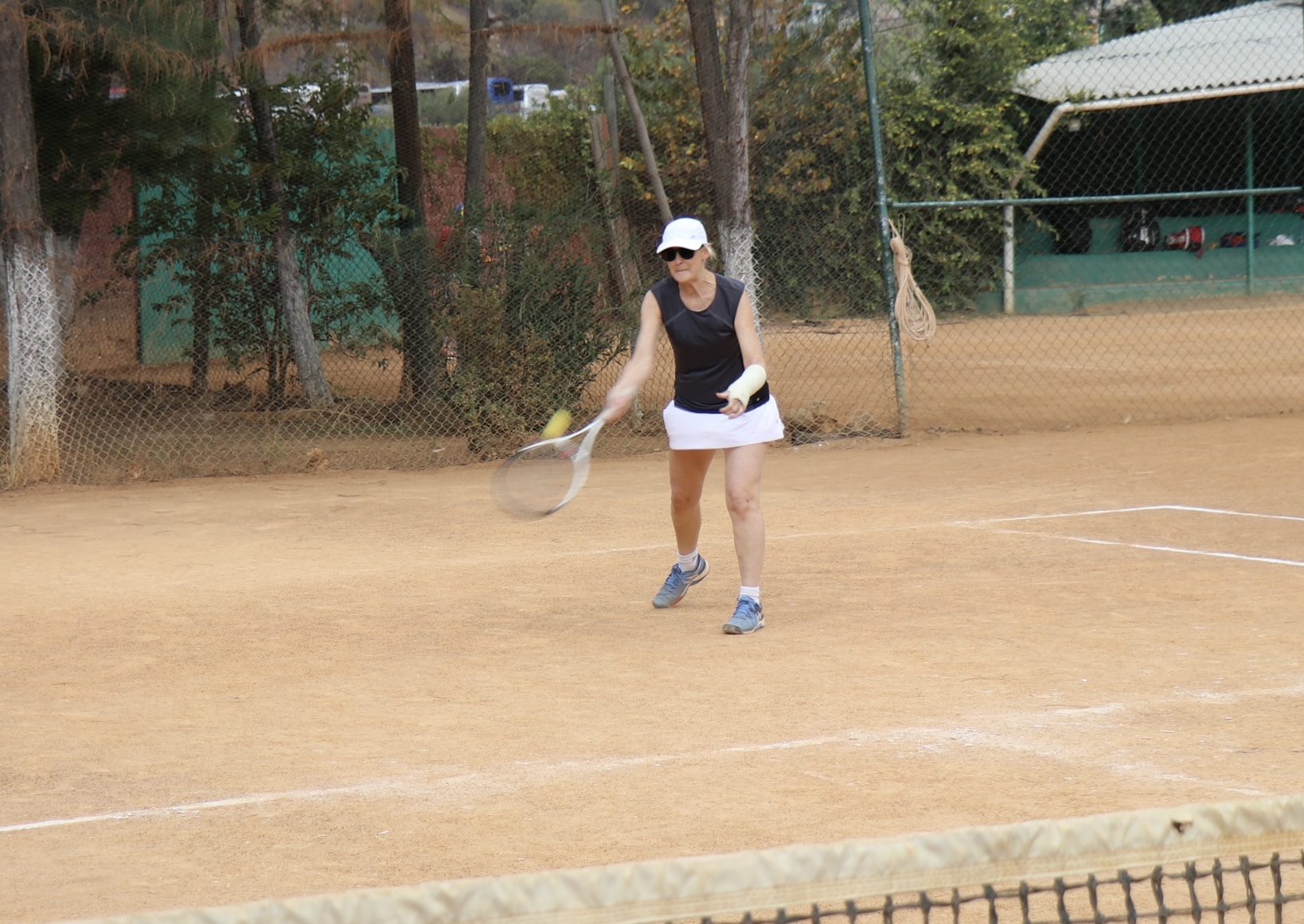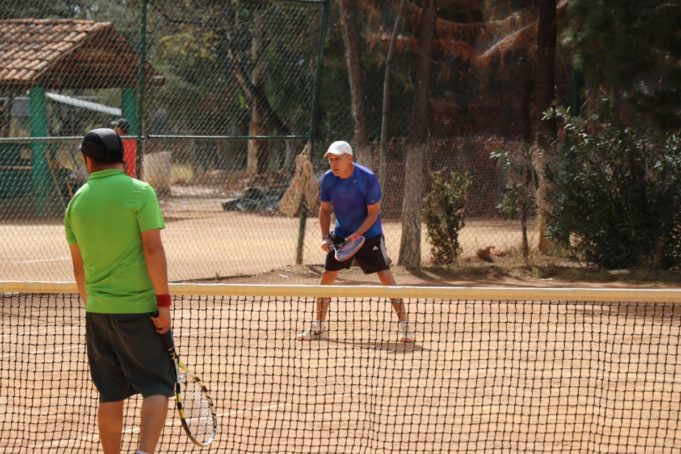Tennis is Played all over the world-
Everyone knows the rules-If you want to fit in with the locals in Mexico here’s a few things that might help
Playing Tennis in Mexico
Mexico has an ideal climate for tennis. The sport can be found at resorts, hotels and clubs throughout this country. Both locals and visitors are welcomed on the many facilities both public and private.

Language is not usually a barrier in a sport like tennis as the rules are international,
As most tennis players know there are sometimes local ways of expressing yourself on the court
Bob Broughton is an expat living in Guanajuato Mexico in the central mountains of the country. He is a member of a tennis club in that city and has played at other clubs in Mexico. He is also a tennis fan and has checked some of the events that attract top players to Mexico.

Through his time in Mexico he has learned the some of the unique lingo for communicating on the court.
We met Bob while playing tennis in Guanajuato at the lovely Club de Tenis Santa Fe where he is a member. He was very gracious in acting as an interpreter for us, and patient as he played a slower game with me as I had a cast on my left arm for a broken wrist during our visit.

Here’s an excerpt from Robert’s Blog. You can find the article at http://broughton.ca/bob-broughtons-blog-mainmenu-26/205-tennis-in-mexico
Public courts are rare in Mexico. Mexico has a lot of private clubs, where guests are usually welcome. These clubs don’t do much in the way of publicizing their existence, so you’ll have to do some asking around.
“Deportivos” (sports clubs) are more accessible. Usually, you pay a day fee of 100 to 150 pesos at the entrance. This fee covers all the club’s facilities, so bring your bathing suit. The “Club Britania”’s found in many Mexican cities are actually deportivos.
Ball boys are commonplace wherever tennis is played. This is something easy to get used to; they speed up the game considerably. You’re expected to tip them; the going rate is ten or 15 pesos per player per set.
If you’re going to a high-altitude place such as Mexico City, Oaxaca de Juarez, or San Miguel de Allende, don’t bother to bring balls with you. Only pressureless (“sin presión”) balls are legal in these areas. The most common brand is Tre-nis (sold as Tretorn in the US and Canada), but pressureless balls are easy to spot on store shelves; they’re sold in cardboard boxes instead of cans.
There are clay courts (“canchas de arcilla”) in Mexico, but they’re gradually going the way of the dinosaur, due to maintenance costs. Hard courts are called “canchas duras”. You may come across synthetic turf courts; I suggest trying to avoid them.
Las palabras importantes
Here’s a crib sheet on a vocabulary that’s useful when playing tennis in Mexico:
Love: cero
15: quince
30: treinta
40: cuarenta
deuce: iguales. You’ll also hear “quince iguales” for 15-all, and “treinta iguales” for 30-all.
Advantage: ventaja. This gets interesting. Server’s advantage is “ventaja al servicio” (or “ventaja dentro”) and receiver’s advantage is “ventaja al recibir” (or “ventaja fuera”). These terms aren’t commonly used, though. If you’re playing singles, you would hear “ventaja mia” (my advantage) or “ventaja tuya” (your advantage). But, if you’re playing doubles, you would have to use the plural form, which is “ventaja nuestra” (our advantage) or “ventaja ustedes” (your advantage).
Game: juego
Set is the same.
Let is also the same, but on a serve, it’s more common to respond with the number of serves remaining: dos, uno, or doble falta. “Let” is still used when a ball comes onto a court that doesn’t belong there, or for some other interruption of a point in progress.
Tie-breaker: muerte súbita (literally, “sudden death”)
Out: holding up an index finger works, but verbally, it’s salió or fuera.
If somebody says ¿cual es?, ¿como vamos?, ¿como es?, or ¿cuanto va?, they want to know what the score is.
Playing doubles
The most common word you’ll hear from your partner is cambio, which means, change sides. If he says, fuera, it means, don’t hit the ball, because it’s going out. I’ve found that the phrase “I got it” is understood worldwide, but mía!, yo la tengo!, and voy! are correct Spanish terms.
Other useful words
Forehand: derecha
Backhand: revés
Service break: romper de servicio
Bounce: bote
When you spin the racquet to determine who serves (saque), it’s arriba (up) or abajo (down).
Tennis for spectators
If you enjoy watching tennis as well as playing it, The Mexican Open in Acapulco at the end of February is well worth going to. It attracts a lot of good players, is at a high-quality facility, and is well run. After that, there’s a series of ATP Challenger tournaments close together in geography and time: San Luis Potosí (clay), León (hard), and Guadalajara (hard).Mexico
Want More Information on this or other Tennis Destinations?













